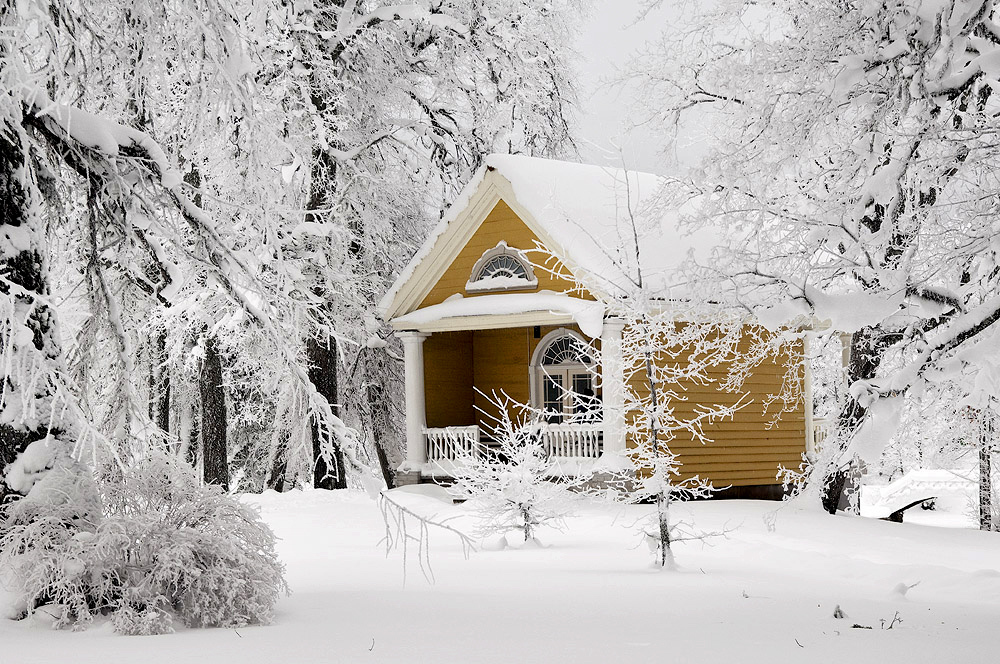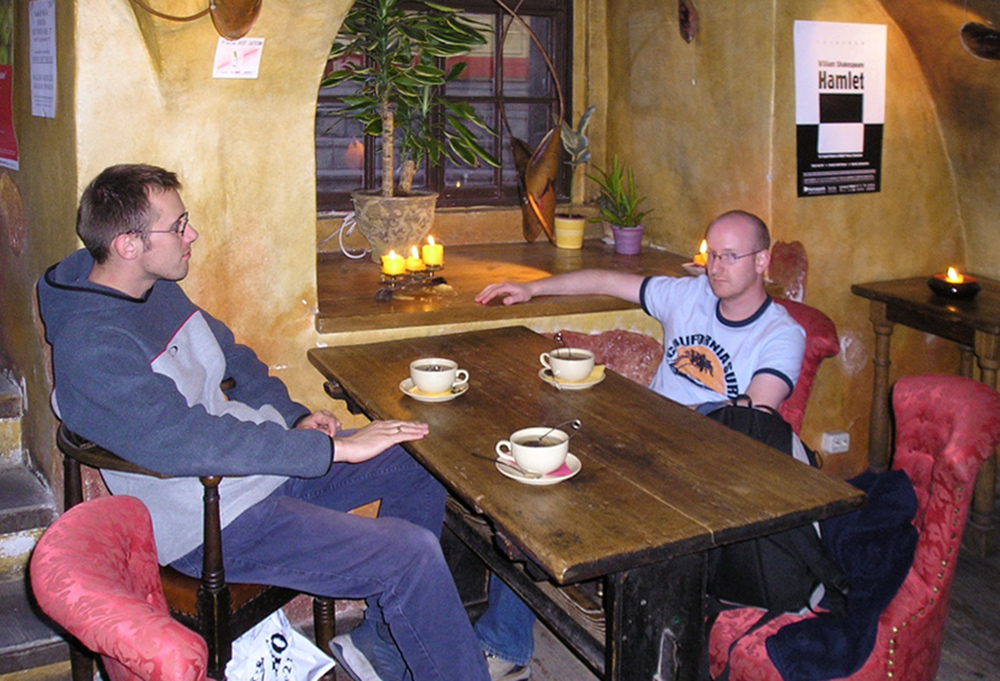History
Estonian culture is heavily influenced by two historical factors—almost 700 years of Germanic rule and Communist rule under the Soviet Union. The German influence helped give rise to the large number of cafés in the country. These cafés mostly shuttered during the time of the USSR, but many of them reopened when the country regained independence in 1991. Today, they are once again thriving. Tea, coffee, cakes and pastries, and conversation in a cozy setting are a highly valued part of Estonian culture and can be found on virtually every corner of towns big and small. Much of the tea in Estonia comes in from the east, generally from China through Russia or other eastern European tea importers.
Cultivation
Estonia does not grow its own tea. The climate is not suited for the cultivation of Camellia sinensis.
Popular Varieties
As in Russia and Germany, black teas are the most common varieties in Estonia. It is typically served by the cup rather than in a large amount brewed all at once, so each guest can typically add water, lemon, milk, or sugar to bring the taste to their liking. Lately, green tea has been gaining in popularity due to an increasing awareness of its health properties.
How It's Enjoyed
Tea is typically enjoyed at cafés in Estonia, which are ubiquitous and varied. Cafés are seen as social gathering places where people can read the newspaper, watch television, and discuss current events. Because of the wide variety of cafés in Estonia, there is not a set way to enjoy tea. Drinkers are encouraged to find a location that matches what they are looking for and to add to their cup to bring the tea to their own desired flavor levels. Estonians love sweets, and the most common food served alongside a cup of tea is a slice of cake.
Interesting Facts
- While many cultures will offer guests tea (or coffee) repeatedly until they accept or insist on serving tea regardless of the guest's preference, Estonian hosts will assume that no really means no.
- Tallinn, the capital of Estonia, received city rights in 1248; it is one of the best-preserved medieval cities in Europe and a UNESCO World Heritage Site.
 Estonia
Estonia 



 Afrikaans
Afrikaans Albanian
Albanian Amharic
Amharic Arabic
Arabic Armenian
Armenian Azerbaijani
Azerbaijani Basque
Basque Belarusian
Belarusian Bengali
Bengali Bosnian
Bosnian Bulgarian
Bulgarian Catalan
Catalan Cebuano
Cebuano Chichewa
Chichewa Chinese (Simplified)
Chinese (Simplified) Chinese (Traditional)
Chinese (Traditional) Corsican
Corsican Croatian
Croatian Czech
Czech Danish
Danish Dutch
Dutch Esperanto
Esperanto Estonian
Estonian Filipino
Filipino Finnish
Finnish French
French Frisian
Frisian Galician
Galician Georgian
Georgian German
German Greek
Greek Gujarati
Gujarati Haitian Creole
Haitian Creole Hausa
Hausa Hawaiian
Hawaiian Hebrew
Hebrew Hindi
Hindi Hmong
Hmong Hungarian
Hungarian Icelandic
Icelandic Igbo
Igbo Indonesian
Indonesian Irish
Irish Italian
Italian Japanese
Japanese Javanese
Javanese Kannada
Kannada Kazakh
Kazakh Khmer
Khmer Korean
Korean Kurdish (Kurmanji)
Kurdish (Kurmanji) Kyrgyz
Kyrgyz Lao
Lao Latin
Latin Latvian
Latvian Lithuanian
Lithuanian Luxembourgish
Luxembourgish Macedonian
Macedonian Malagasy
Malagasy Malay
Malay Malayalam
Malayalam Maltese
Maltese Maori
Maori Marathi
Marathi Mongolian
Mongolian Myanmar (Burmese)
Myanmar (Burmese) Nepali
Nepali Norwegian
Norwegian Pashto
Pashto Persian
Persian Polish
Polish Portuguese
Portuguese Punjabi
Punjabi Romanian
Romanian Russian
Russian Samoan
Samoan Scottish Gaelic
Scottish Gaelic Serbian
Serbian Sesotho
Sesotho Shona
Shona Sindhi
Sindhi Sinhala
Sinhala Slovak
Slovak Slovenian
Slovenian Somali
Somali Spanish
Spanish Sundanese
Sundanese Swahili
Swahili Swedish
Swedish Tajik
Tajik Tamil
Tamil Telugu
Telugu Thai
Thai Turkish
Turkish Ukrainian
Ukrainian Urdu
Urdu Uzbek
Uzbek Vietnamese
Vietnamese Welsh
Welsh Xhosa
Xhosa Yiddish
Yiddish Yoruba
Yoruba Zulu
Zulu